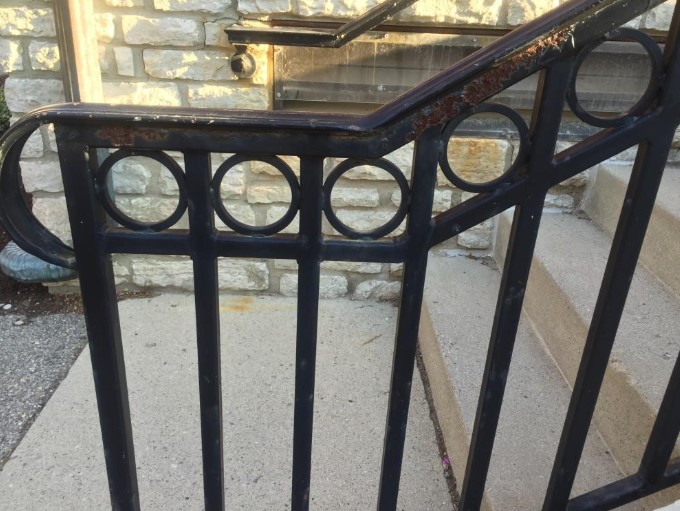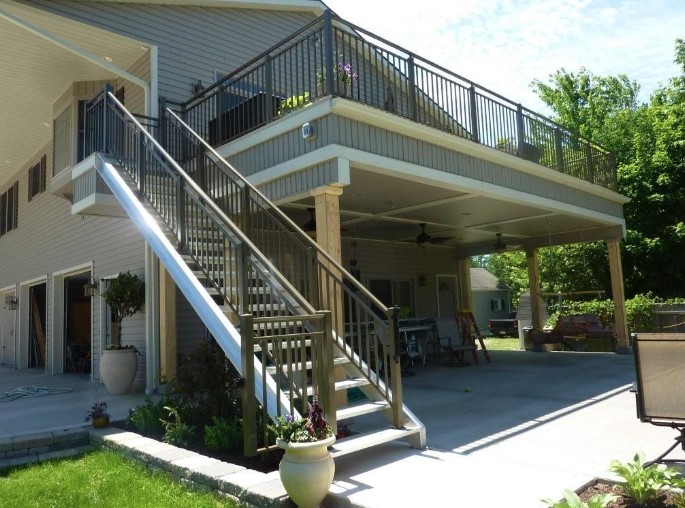In today’s world there are so many choices: Pizza or pasta? Coffee or tea? Aluminum or steel/iron railing? We aren’t qualified to debate the first two, but we certainly know some things about railing!
Each of these choices requires careful evaluation in order to make the proper decision for you at any given time. However, your selection of railing material is of critical importance, after all you always have tomorrow to eat something else for lunch, but a larger decision such as railing has long-term ramifications. Let’s take a quick dive into a few of the many factors at play when looking at the aluminum vs. other metals for a railing solution.
Maintenance
When it comes to selecting building products for your home or commercial location, it’s a long-term commitment and railing is no different. As with anything, there is a certain long-term maintenance cost associated with a railing system…. but this cost is dramatically different depending on the material you choose. Rusting, cracking, and warping are common annoyances that greet steel or iron railings within a relatively short timeframe. The only way to prevent these changes from happening, a steady diet of maintenance, repainting, and luck.
On the other hand, Aluminum railing requires little to no maintenance at all. Depending on the location of the installation, periodic cleaning might help keep your install looking pristine, but the structural integrity will remain rigid with no work at all. Unlike steel and iron, aluminum does not oxidize, guarding against rust and the pitfalls the ugly brown stuff brings when it shows up.

Unlike aluminum, steel and iron can rust, harming the long-term potential of your system
Visual Appeal
Let’s face it; no one wants to have the worst looking place on the block. You also don’t want to have the house of misfit toys, with your siding, shutters, railing, and columns all having a mind of their own. Thankfully, both steel and aluminum match with most current modern and industrial looks alike. Both products can be changed and adapted to almost any scenery, for nearly every application. Nevertheless, as we discussed before, steel can rust. This can lead from a once promising décor to an eye sore, as shown above. Thankfully, aluminum has all the great characteristics and appeal, without the catch of rust. This empowers aluminum to be featured in any setting, outdoors or inside, hot or cold, rain or shine. Even through these conditions aluminum has the fortitude to keep its initial quality, and keeping your reputation as the best house on the block.

Aluminum Provides a Lasting Touch That Highlights Any Area
Hindsight’s 20/20
They say hindsight’s always 20/20. “I should have got the chicken instead of the tuna salad”. “I wish I could have invested in Amazon.” Without the benefit of hindsight, it’s critical to consider all of the factors in a large-scale decision. Steel and iron railings certainly have their merits, but aluminum stands alone as the superior material. Imagine 20 years down the line leaning back and looking out over your still impressive aluminum railing while neighbors are busy replacing their steel/iron setup…. again.
Eager to learn more about aluminum vs. other metals in building products or railing in particular? You can always contact us and we can answer any questions you may have. Ready to take the plunge and look at an aluminum railing solution yourself? Check out our railing quotation tool!



